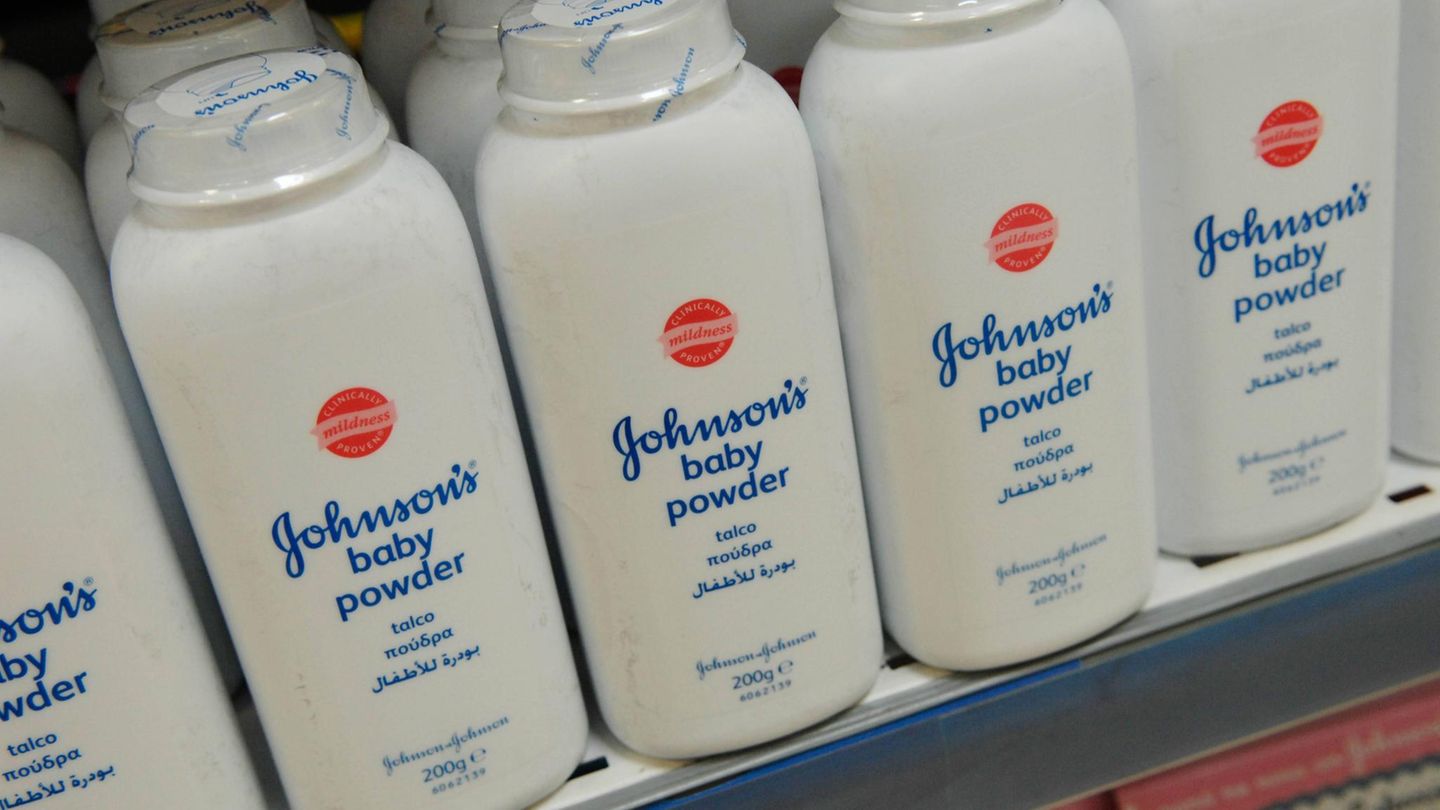The wholesale dollar maintains its monthly devaluation of 2.2%, and the alternative dollars continue to decline, driven by the operations generated in the Cash Settlement dollar.
The CCL market is experiencing less demand, and importers have decided to move to the Free Exchange Market, given the lowering of the country tax and the shortening of payment terms abroad. On the export side, they continue to settle at the blended dollar, that is, 80% in the local market at the wholesale dollar and 20% abroad at the CCL dollar. This implies less demand and more supply in CCL dollars, resulting in a drop in this dollar, which on July 2 was worth $1,428 and today is trading at $1,260.
This offer in the CCL must be added to a greater offer of blue dollars in the market to enter the exchange. Blue dollars are sold, the exchange is entered in pesos and the deal is closed by buying dollars again in the MEP market. On the other hand, those who enter the money laundering process deliver dollars, which are applied to the purchase of registered assets. These dollars are transformed into pesos for operations in the local market, which generates more supply in the market.
The moratoriums offered by the government, such as the advance payment of personal assets, generate a lack of saving of dollars in economic agents, which continues to put downward pressure on the US currency.
As if all this were not enough, the Central Bank intervenes in the dollar market, selling to remove pesos from the market, and sales are estimated at US$ 600 million in the last 60 days. All roads lead to more supply of dollars than demand, at least until September 30. After this period, we will analyze what direction the market will take, but prices will remain very low.
Will alternative dollars be able to trade around $1,100? There is no reason to believe that this would be impossible. Let us consider this drop to be highly probable, as there are many companies that are migrating from debt in pesos to debt in dollars. When this financing is taken out, companies need to sell the dollars to apply them to operations in the local market, which is also a supply in a market that is declining.
In the coming weeks we should begin to see the inflow of dollars from the RIGI. There are many projects in the pipeline and the arrival of fresh funds should not be delayed. Dollar deposits in the financial system must be closely monitored. Today they are around US$20 billion and should exceed US$30 billion to label the money laundering and the first RIGI projects underway as a success. Let us remember that the RIGI is for a sum of no less than US$200 million, which should strongly push dollar deposits in the latter part of the year.
How does this impact the market?
Given the large influx of dollars on offer and a wholesale dollar stuck at 2.2% per month, with a high probability that the monthly update rate will decrease by 2025, we see loans in dollars as more attractive than in pesos. Financing rates in pesos look highly positive if the REM forecast of 45% inflation in 12 months is met, while dollar-linked financing grows at a rate of 29.8% per year, or could even be a lower rate.
In the market we see rates of caution against public securities between 2% and 4% annually, promissory notes in the order of 5% annually and negotiable obligations that are placed between 6% and 8% annually.
Currently, Argentina’s country risk is around 1,400 points. If corporate risk continues to decline, we should not rule out reaching a country risk of around 1,100 points in the near future.
Conclusions
. – The AL30 bond is worth US$ 56 and has a return rate of 23.0% per year. If this return rate falls to levels of 17.4% per year, the parity of this bond would be US$ 63, owing a gain of 12.6% in dollars.
. – A longer bond, such as the AL35, worth US$46.3, has an internal rate of return of 17.6% per year. If this rate falls to levels of 13.8% per year, its parity should be at US$57, which would leave a profit of 23.2% in dollars.
. – Corporate bonds rose sharply and gained more market depth with longer-term placements. Shares had an excellent run, which positions them with a very high gain in dollars. On February 29, the Merval index in dollars was at US$946.80, and on Thursday it closed at US$1,420.68 with a gain of 50.0% in dollars.
. – The AL35 bond is worth US$46.30 today and US$38 on February 29, which explains a gain of 22%. Bonds rose half as much as stocks, at some point the markets arbitrate, and the gains are equal.
. – All roads are leading to a rise in global dollar bonds, whether in national or foreign law, which would imply a decrease in country risk that could allow Argentina to return to voluntary debt markets, thus strengthening the Central Bank’s reserves. Private risk has fallen, now the market will test whether country risk is set to decline, and whether the Central Bank will begin to gain reserves. The game is open and the unknown will be revealed shortly.
Source: Ambito
I am a 24-year-old writer and journalist who has been working in the news industry for the past two years. I write primarily about market news, so if you’re looking for insights into what’s going on in the stock market or economic indicators, you’ve come to the right place. I also dabble in writing articles on lifestyle trends and pop culture news.




